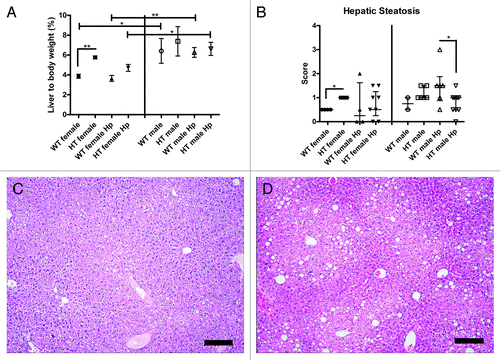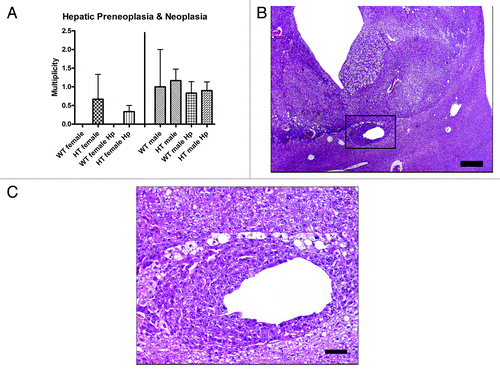Figures & data
Table 1. Bacterial factors associated with colonization and persistence of Helicobacter pylori infection
Figure 1. CD25+Foxp3+ cell respones in the gastric mucosa of children and adults infected with H. pylori. (A, left panels) For control staining, serial sections of ileal mucosa from a patient with Crohn disease were stained with mouse anti-CD25 antibodies followed by green fluorescence-labeled goat anti-mouse IgG antibodies, or mouse anti-Foxp3 antibodies followed by red fluorescence-labeled goat anti-mouse IgG antibodies, and examined by confocal microscopy. Merge of the upper and middle panels shows lamina propria CD25+ cells were also Foxp3+. (A, right panels) Gastric mucosa from an H. pylori-infected adult and child stained similarly with anti-CD25 and then anti-Foxp3 antibodies and examined by confocal microscopy shows a CD25+Foxp3+ cell in the adult gastric mucosa and multiple CD25+Foxp3+ cells in the gastric mucosa of the child. (B) Foxp3+ cells in coded gastric biopsies from nine adults and nine children with H. pylori gastritis were enumerated. The number of Foxp3+ cells in the gastric mucosa of infected children was 4-fold more prevalent than in the gastric mucosa of the adults (P < 0.03). Inset shows typical Foxp3+ cells with nuclear location of the transcription factor. (C) Gastric biopsies from the subjects were homogenized, centrifuged and the supernatants analyzed by immunosorbent and bicinchonimic acid assays for cytokine and protein levels, respectively. Gastric levels of TGF-β1 and IL-10 were significantly higher in the infected children compared with the adults (c = P < 0.01). (Modified from Harris, et al., ref. Citation13)

Figure 2. IL-17-specific mRNA and protein in gastric mucosa of non-infected and H. pylori-infected children and adults. IL-17 (A) mRNA and (B) protein in H. pylori-infected children were significantly lower compared with that of infected adults. mRNA expression was determined by real-time PCR and normalized to the housekeeping gene GAPDH. IL-17 pg protein was determined by ELISA and normalized to total mg protein. Data are presented as fold change (+/−SEM) in H. pylori-infected children and infected adults compared with non-infected cohort subjects. (Modified from Serrano et al., ref. Citation14)
